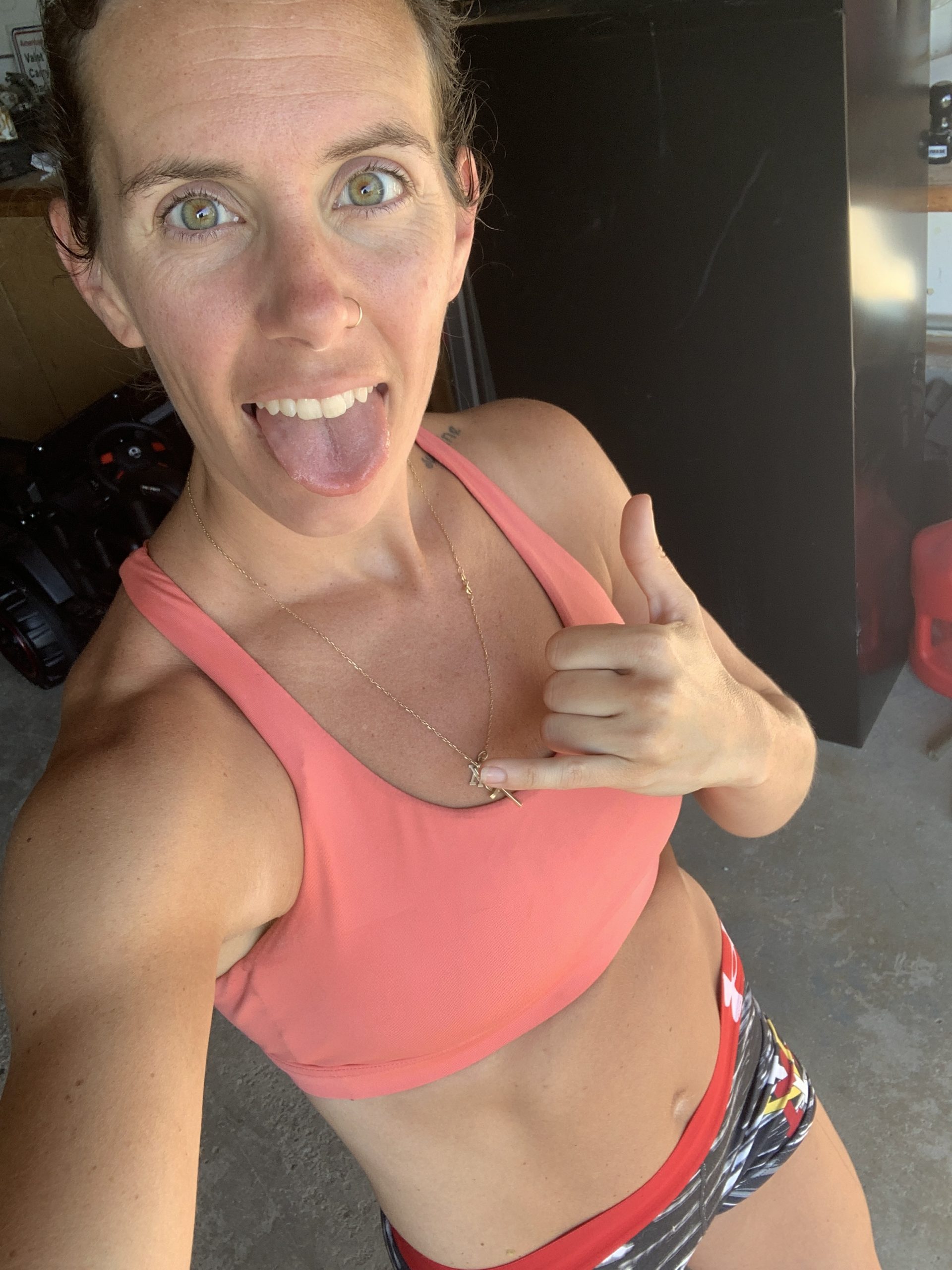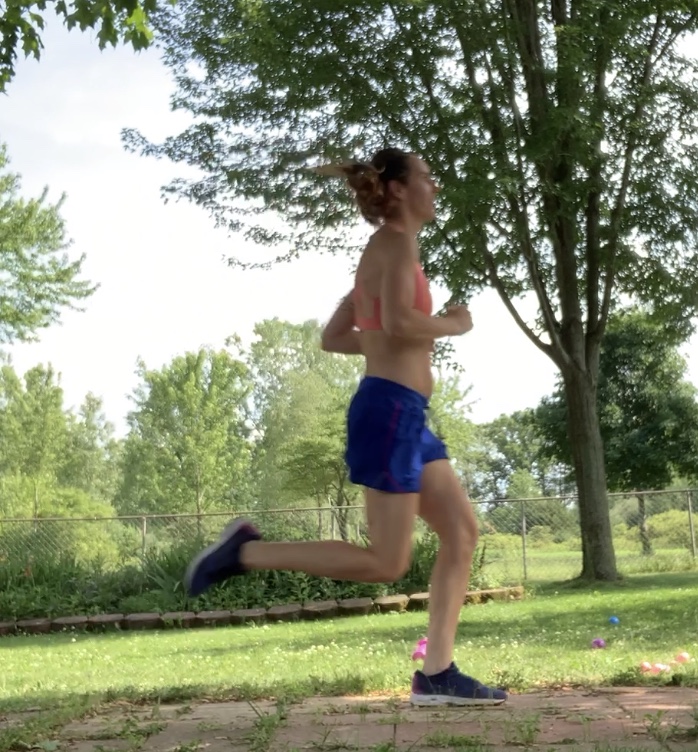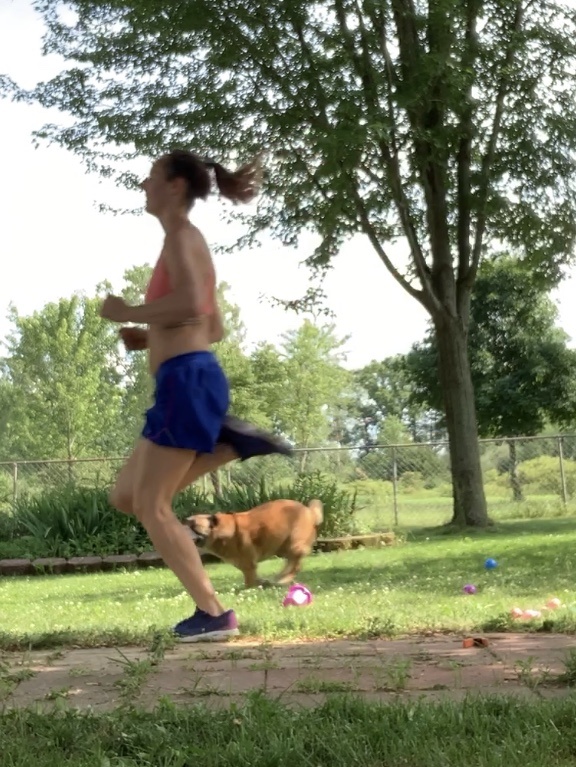As an avid runner since the age of 10, I have had my ups and downs with the sport of running. I went from a nationally ranked elite runner to a broken, depressed, injured sideliner. When people find out about the “elite runner” part of my resume, I get one of two reactions: jealously bordering on disgust, or “how do I become a better runner?” questions.
Over the years, I have learned what works for me and definitely a few things that do not. Below, I offer some very basic fundamentals that have built my skill and my confidence as a runner.
 Crawl. Walk. Run. Walk. Crawl. In that order.
Crawl. Walk. Run. Walk. Crawl. In that order.
-
- Crawl equals stretch. Please for the love of all that is holy, stretch. Your muscles need a little warm-up before you jump straight into running or walking, especially long distances.
- Walk. Just because you formerly ran 5 miles a day doesn’t mean that you can now, and that is ok. Ease back into your exercise routine. Start low and slow, and build up your endurance.
- Run. Once you feel good, start running. But again, start low and slow. Listen to your body.
- Walk. Your body needs to cool down after a workout. I recommend walking until you have recovered your breath and are breathing normally.
- Crawl. Stretch it out again. Your sore muscles will thank you later.
Becoming a runner isn’t just about running.
Let’s face it, running is really hard on your body, especially your leg joints. As an elite runner, I didn’t run every day. I utilized other forms of exercise to build my strength and endurance. Some of the alternatives I’ve used are swimming {develops my lung capacity and breath control}, yoga, pilates {building core strength is vital to running}, and meditation. That last one usually throws people. But brain and mental focus while running is an essential skill. Some days you are strategizing how best to push yourself through a workout. Some days you are fighting a mental battle to just survive the run. Both are a normal and critical part of your journey and growth as a runner.
Listen to your body.
No one knows your body better than you. If you notice something is out of sequence, take care of it! No pain, no gain is a sure way to injure yourself. A little soreness here and there is ok, but a lot of soreness is not. Back off a little bit, reset, apply ice or heat depending on your injury, consult with your doctor about medication if needed, call a chiropractor if you feel unlevel {like one hip higher than the other}, or contact a massage therapist to work out the tenderness.
Pay attention to what surfaces you are running on. It’s more wear and tear on your body to run on concrete or asphalt than it is to run on grass or dirt. Also, consider the difference between running inside versus outside. One may work better for you.
Determine what type of running you should be doing. Not everyone is built for long-distance running. Record yourself running at about 80% speed and look at your trail leg. If your kick is lower to the ground, then you are probably built more for distance running. If you kick is up near your glutes, then you are likely to be better at short/sprint running. See the pictures below for examples. Tailor your workouts to what your body naturally wants to do.


Also, check on your form. The best way I’ve found to do this is by recording myself. In addition to looking at your trail leg height, you can record how much you are “bouncing” when you are running. When you run by the camera your head should stay at roughly the same height. If you are seeing a lot of up and down movement, then you are wasting a lot of your energy running. You should see forward movement. Likewise, if you are running toward the camera your footsteps should roughly land in a straight line. You don’t want too much side to side movement. And it’s not all about your legs, look at your arms too. Are they straight or crossing your body? I have a very hard time with my right arm always crossing my body. Thus I am wasting energy when I run and I have to consciously try not to cross my right arm.

Get the right gear.
First, get fitted for shoes. Most local running stores can fit you for shoes. This can make a world of difference in how your hips, legs, knees, and feet feel. Also remember that your shoes, rather walking or running, need to be replaced every 300-400 miles depending on how hard your step is.
Second, find some gear that fits and makes you feel comfortable. Not everyone can or wants to wear workout leggings with the bralette crop top. Yes, it looks cool but it may not be what you need. If you got a lot to offer up top, find a supportive sports bra. They can still be hella cute, but more importantly, you aren’t risking of your ladies taking a swing at you. Find pants or shorts that you feel comfortable in. If you need waist control, do it. If you need spandex shorts under your regular shorts to prevent chaffing, do it. Try different materials, cuts, and brands until you find what works best for you. If you are pregnant {after consulting with your medical professional} and you are cleared to walk or run, find a support band. You have precious cargo in there and baby needs support too.
Third, protect your skin. A lot of runners forget this one. Shop around for sunscreen. I’ll admit I haven’t found the sunscreen that works for me. I have a hard time finding a sunscreen that stays on with the sweat but still makes me feel like my skin can breathe. Find a good hat and/or sunglasses.
Finally, soothe your brain and find what it wants to hear when you are running. Rather it’s nature, music, a podcast or an audiobook, find your go-to jam, and then run with it. Literally.















